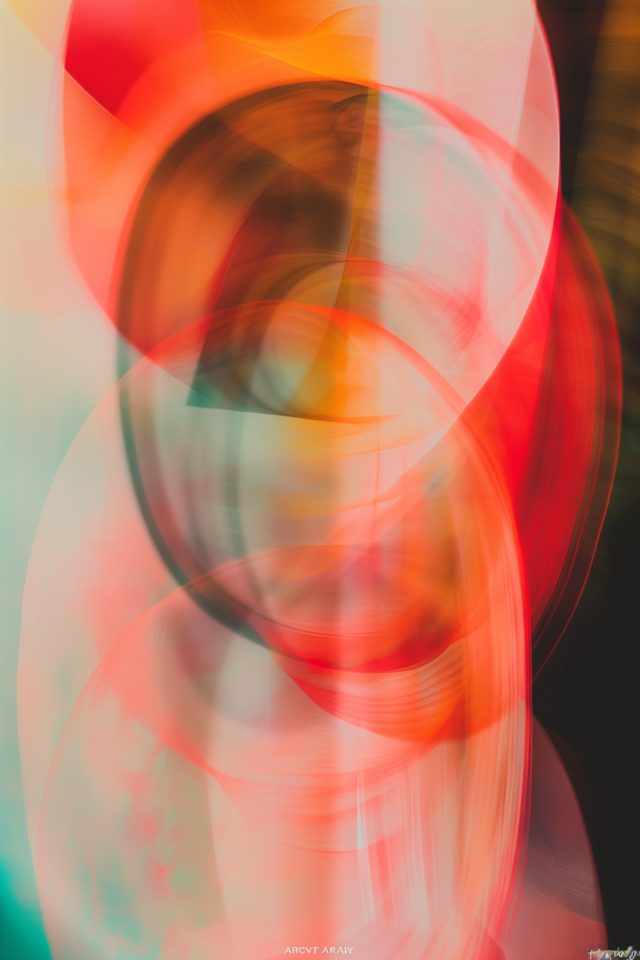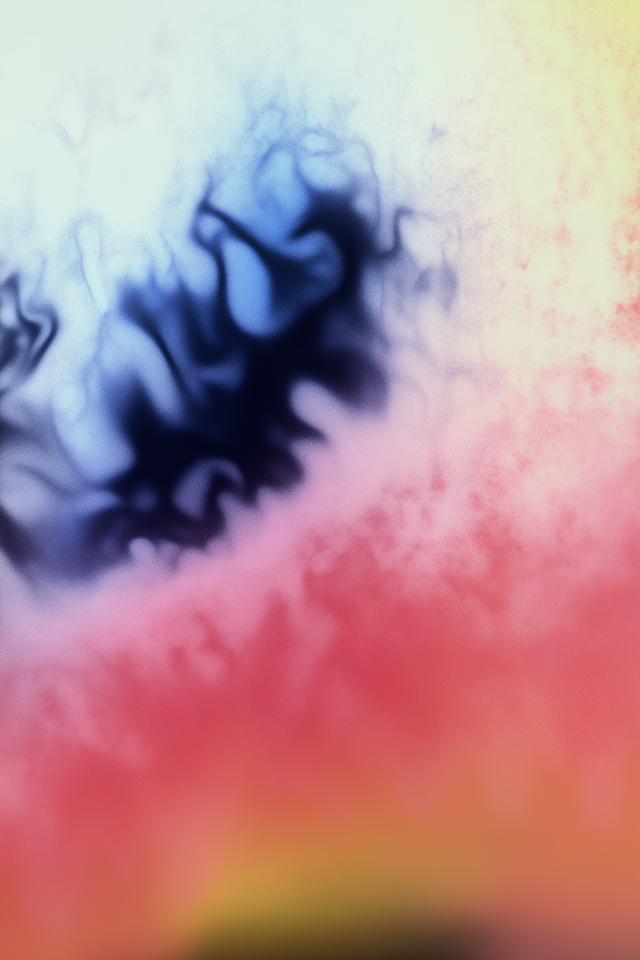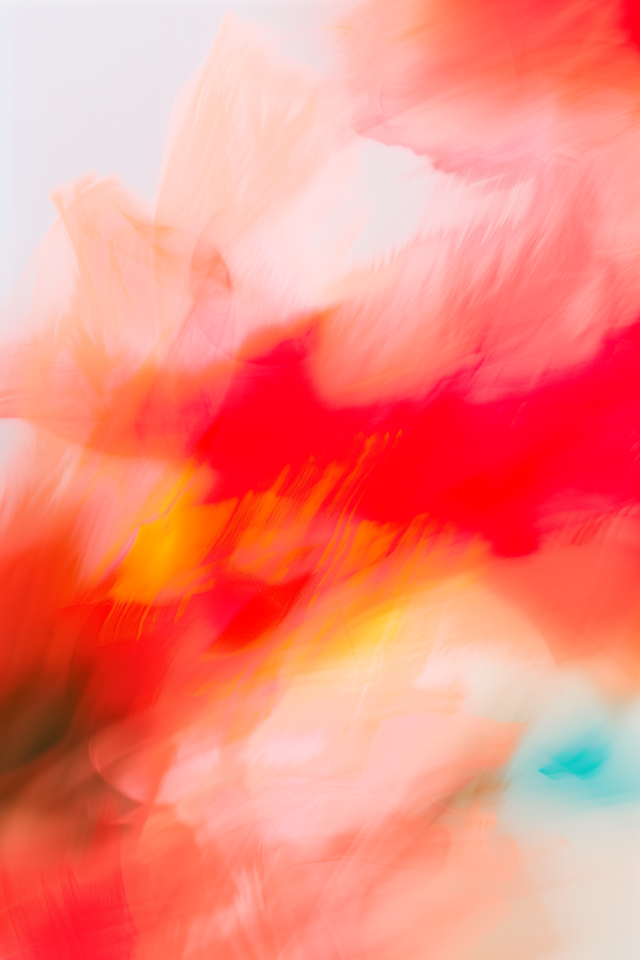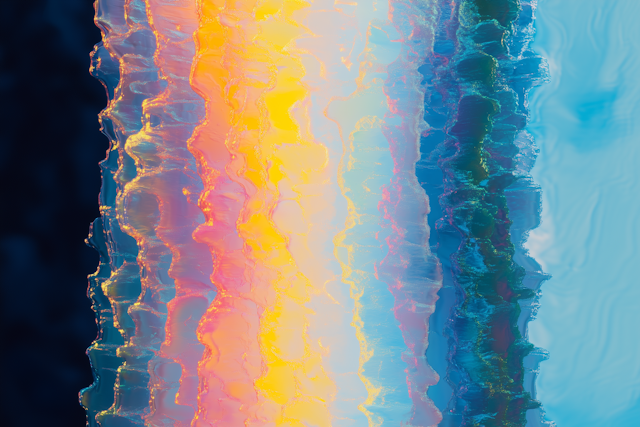
Polished Earthy Toned Banded Agate Cross-Section with Rough Exterior
Vibrant agate geode cross-section with orange, brown, and white bands against a black background, showcasing natural beauty.
Vibrant agate geode cross-section with orange, brown, and white bands against a black background, showcasing natural beauty.
125
Views
29
Downloads
2
Collected



















